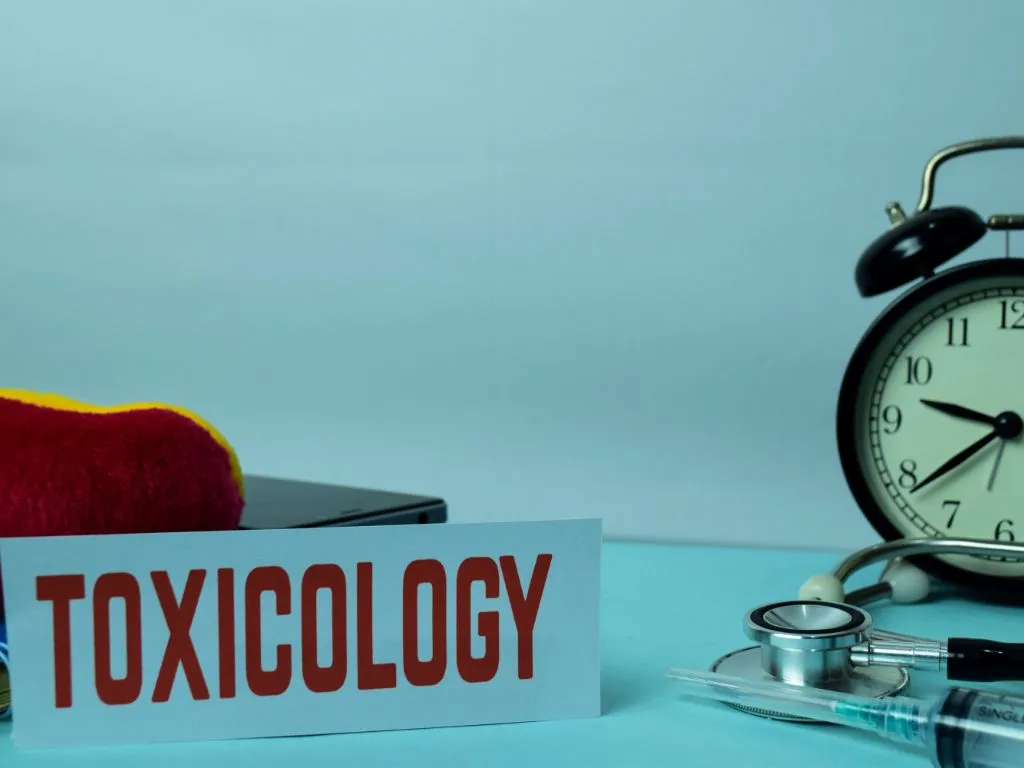News Details

ANVISA Issues Comprehensive Guidelines for Toxicological Classification of Formulated Products
On 26 December 2024, the Brazilian Health Regulatory Agency (ANVISA) issued a technical note detailing the toxicological classification process for formulated products derived from equivalent technical products. The guidelines aim to ensure consistency in toxicological classification, particularly when complete product studies are unavailable, aligning with the standards of RDC No. 294, issued on July 29, 2019.
Overview of Toxicological Classification
ANVISA's classification framework evaluates formulated products based on available toxicological studies or, when unavailable, by analyzing the toxicological properties of individual components. This approach ensures comprehensive health and safety assessments, adhering to Good Laboratory Practices (GLP) and the standards set by the Brazilian Ministry of Agriculture.
Key Health Endpoints Assessed
The classification process relies on toxicological studies that address the following health endpoints:
-
Acute oral toxicity (LD50)
-
Acute dermal toxicity (LD50)
-
Acute inhalation toxicity (LC50)
-
Corrosion and irritation
-
Sensitization
-
Mutagenicity
When multiple toxicological endpoints are considered, the most restrictive classification is applied to ensure safety.
Classification in the Absence of Complete Studies
For products lacking toxicological studies, the classification relies on the properties of individual components. This process involves:
-
Researching Component Classifications: Using databases like the European Chemicals Agency (ECHA).
-
Verifying Cut-off Values: Ensuring compliance with Brazilian regulatory thresholds.
-
Calculating Component Concentrations: Determining the exact concentration of components in the product to guide classification.
The classification extends to critical hazards, such as:
-
Respiratory sensitization
-
Carcinogenicity
-
Reproductive toxicity
-
Specific target organ toxicity (single and repeated exposure)
-
Aspiration hazards
Packaging and Labeling Requirements
To promote transparency and compliance, the document specifies requirements for labeling and package inserts:
-
Chemical names of hazardous components.
-
Relevant toxicological information for user safety.
-
Warning phrases compliant with ABNT NBR 14725, the Brazilian standard for labeling and hazard communication.
Additionally, hazard classification details must be included in the Optimized Reading Leaflet (FLORA), part of the Register of Agrochemicals.
Significance of the Updates Guidelines
This technical note underscores ANVISA's commitment to public health, environmental safety, and regulatory alignment. By establishing clear criteria for classifying toxicological risks, the Agency ensures:
-
Enhanced Safety: Protecting workers, users, and the environment from hazardous exposures.
-
Regulatory Clarity: Providing industries with structured methodologies for compliance.
-
Global Alignment: Strengthening Brazil’s adherence to international safety standards.
ANVISA's updated guidelines for toxicological classification offer a robust framework for ensuring the safe use, labeling, and management of formulated products. For further details, refer to the complete guidelines available (in Portuguese) here.
We acknowledge that the above information has been compiled from ANVISA .

 Twitter
Twitter
